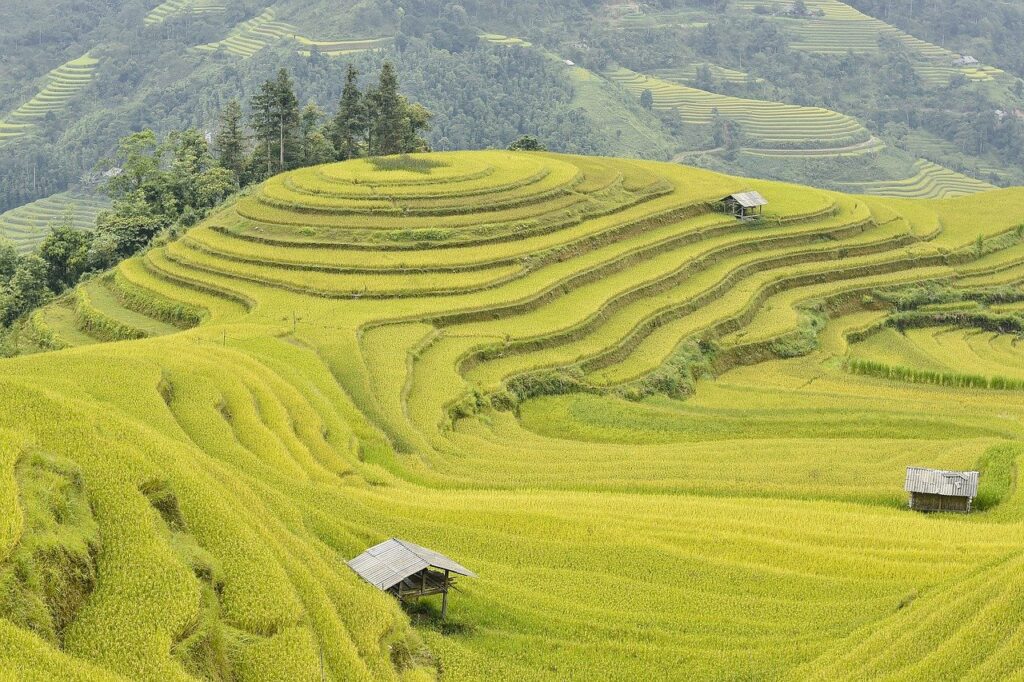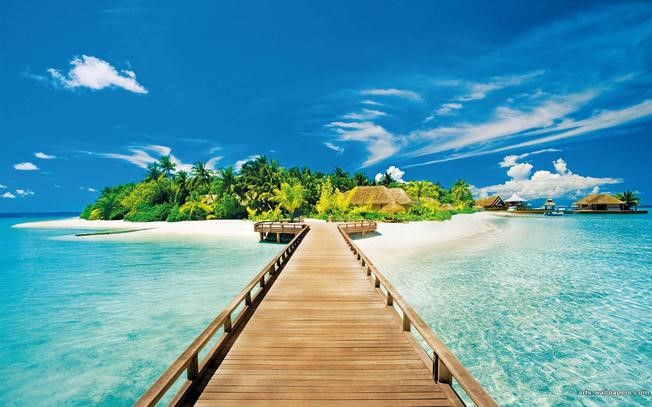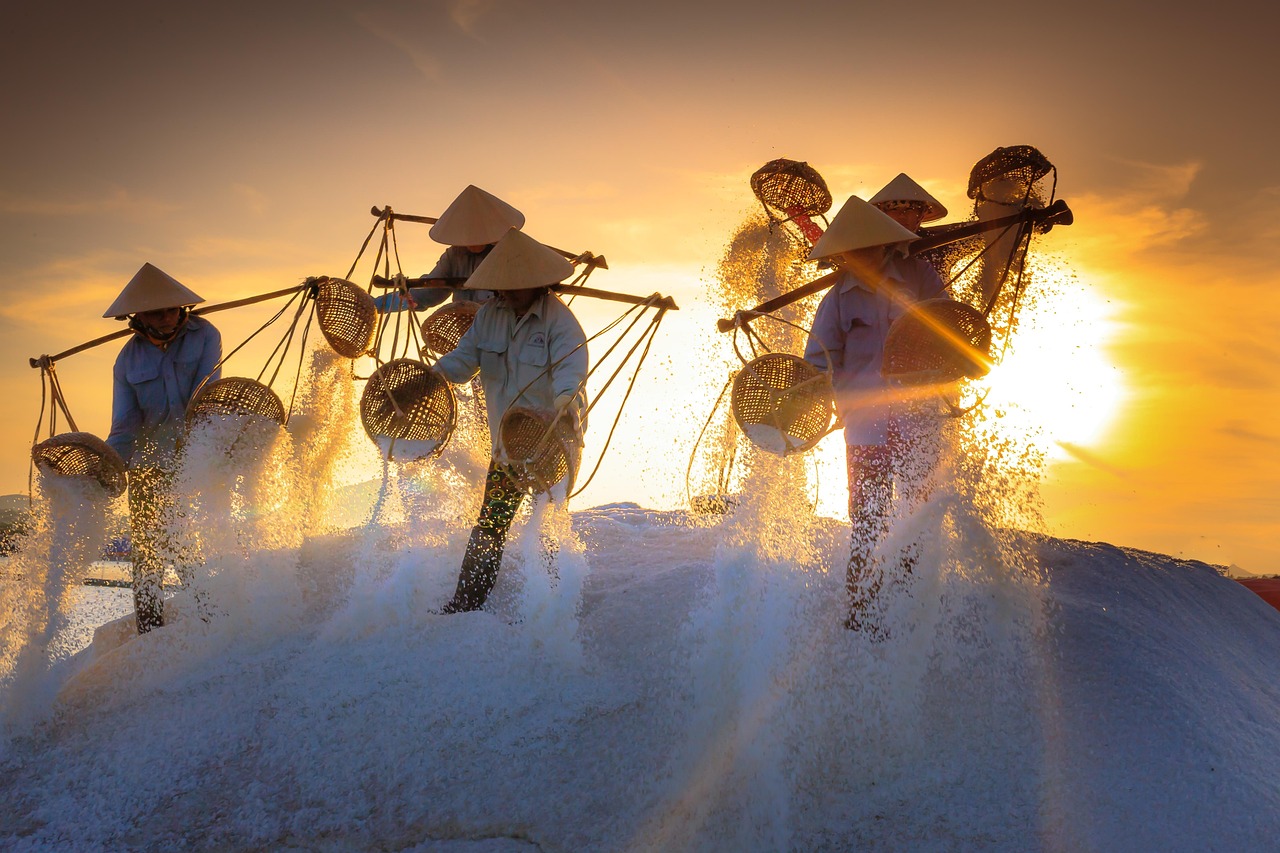When is the Best Time to Visit Vietnam?
If you’re wondering about the best time to visit Vietnam, it’s not an easy question to answer. As someone who has spent years living and experiencing this beautiful country, I can tell you that Vietnam offers something magical year-round. From the misty mountains in the North to the sunny beaches along the Central Coast and the vibrant Mekong Delta in the South, each region has its charm, and your experience truly depends on when you visit. However, timing your trip well can significantly enhance your adventure, transforming a regular trip into an unforgettable experience.
This guide will help you navigate Vietnam’s diverse climates, regional weather patterns, and festive seasons so you can figure out exactly when to visit Vietnam for the best experience.
Understanding Vietnam’s Climate
Vietnam’s climate is as diverse as its landscapes. Spanning over 1,650 kilometers from north to south, the country experiences varying weather conditions in three distinct regions: Northern Vietnam, Central Vietnam, and Southern Vietnam. Unlike countries with four predictable seasons, Vietnam’s weather is defined by two main periods: the wet season and the dry season. Let’s break it down further.
- Northern Vietnam: Regions like Hanoi, Sapa, and Ha Long Bay enjoy four distinct seasons — spring, summer, autumn, and winter. Summers are hot and humid with occasional rain, while winters can be quite chilly, particularly in mountainous areas.
- Central Vietnam: This area, home to Hue and Hoi An, follows a tropical monsoon climate. Expect heavy rains in the late summer and fall, while spring and summer are warmer and drier.
- Southern Vietnam: The gateway to spots like Ho Chi Minh City and Phu Quoc boasts a consistent tropical climate. The year is divided into a dry season (November to April) and a wet season (May to October).
Understanding these regional patterns is key to creating a flexible and enjoyable itinerary.
Why Timing is Key for Your Trip to Vietnam
Your timing can dramatically shape your Vietnam travel experience. Picture trekking through lush rice terraces in Sapa only to be interrupted by relentless rains, or walking Hoi An’s lantern-lit streets under the scorching summer sun. Here’s why picking the right time matters:
- Weather impacts your activities: Whether you’re lounging on Da Nang’s beaches or cruising Ha Long Bay, clear, dry weather often creates the ideal backdrop. Meanwhile, misty mornings in the North or golden sunsets on Phu Quoc’s beaches can elevate your trip to something truly memorable.
- Cultural festivals enhance your journey: Vietnam thrives during its festivals, from the bustling energy of Tet to the glowing lanterns of the Mid-Autumn Festival. Planning your trip around these events adds colorful layers to your adventure.
When to Visit Vietnam: A Regional Breakdown
Because Vietnam has three broad regions with unique weather, here’s a region-by-region breakdown for finding the best time to visit Vietnam.
Northern Vietnam
The North charms visitors with its dramatic, ever-changing landscapes.
- Best time to visit: March–April (spring) and September–November (autumn).
- Why visit during these months: Spring presents mild temperatures, blooming flowers, and lush landscapes, while autumn features dry conditions and optimal trekking weather. The clear skies during both seasons make destinations like Sapa and Ha Long Bay picture-perfect.
- Top activities: Explore Hanoi’s vibrant Old Quarter, cruise the emerald waters of Ha Long Bay, or trek through the golden rice terraces of Mu Cang Chai during harvest season (September).

Central Vietnam
Central Vietnam houses some of the country’s best beaches and iconic cultural landmarks.
- Best time to visit: February–May (for cultural exploration) and June–August (for beach relaxation).
- Why visit during these months: Springtime (February–May) offers ideal sightseeing weather for wandering through Hoi An or exploring Hue’s imperial relics. Meanwhile, summer is perfect for soaking up the sun on beaches in Da Nang or Nha Trang.
- Top activities: Stroll through Hoi An’s lantern-lit streets, relax on non-crowded beaches, and trace Vietnam’s ancient history in Hue.
Southern Vietnam
Constant warmth and energetic city life make the South a draw for many visitors.
- Best time to visit: December–March (dry season).
- Why visit during these months: Southern Vietnam’s dry season ensures hassle-free outdoor adventures, such as immersing yourself in Ho Chi Minh City or navigating the picturesque floating markets of the Mekong Delta.
- Top activities: Wander through bustling modern Ho Chi Minh streets, unwind on the pristine beaches of Phu Quoc, or enjoy nature tours in the Mekong’s lush green networks.

Celebrate Vietnam’s Festivals with Proper Timing
Timing your trip around Vietnam’s festivals guarantees an unforgettable cultural deep dive. Here are some must-see events:
- Tet (Vietnamese Lunar New Year): Happening between late January and mid-February, Tet is a countrywide celebration when streets come alive with flowers, family gatherings, and joyous festivities.
- Mid-Autumn Festival: Taking place in September, this festival is a family-focused affair filled with glowing lanterns and tasty mooncakes.
- Perfume Pagoda Festival: A spring pilgrimage to the Perfume Pagoda near Hanoi offers a spiritual insight into Vietnamese traditions.
Seasonal Activities for Vietnam Visitors
Every season in Vietnam brings a unique travel experience. These suggestions align your visit with what each time of year offers best:
- Spring trekking in the North: March to May is perfect for trekking in Sapa or exploring remote mountainous areas like Ha Giang.
- Summertime beach escapes: June to August is ideal for relaxing on Da Nang’s or Nha Trang’s powdery beaches.
- Autumn in the rice fields: From September to November, the rice terraces in northern provinces like Mu Cang Chai and Sapa turn into radiant shades of gold.
- Bustling city explorations: October to February brings cooler, more pleasant conditions, perfect for walking tours in cities like Hanoi or Ho Chi Minh.
Helpful Tips for Traveling Based on Season
To prepare for the best experience, keep these tips in mind:
- Pack for the weather: If you’re visiting during the rainy summer months, bring a packable raincoat and waterproof gear. For cooler northern winters, layers are essential.
- Avoid peak crowds: The Tet holiday and summer breaks (June–August) are Vietnam’s busiest times, often leading to higher prices and crowded attractions.
- Stay adaptable: Unexpected weather changes are part of Vietnam’s charm, so having backup plans for activities ensures a stress-free trip.
Conclusion
When planning your journey, there’s no single best time to visit Vietnam. Your ideal trip depends on what you want to experience—from misty mountain trekking to beach lounging or joining in festive celebrations. Vietnam’s unique regional climates and cultural richness make every season an exciting opportunity to explore its beauty.
Ready to plan your unforgettable Vietnamese adventure? Let us know your travel preferences, and we’ll help create the perfect itinerary just for you!

